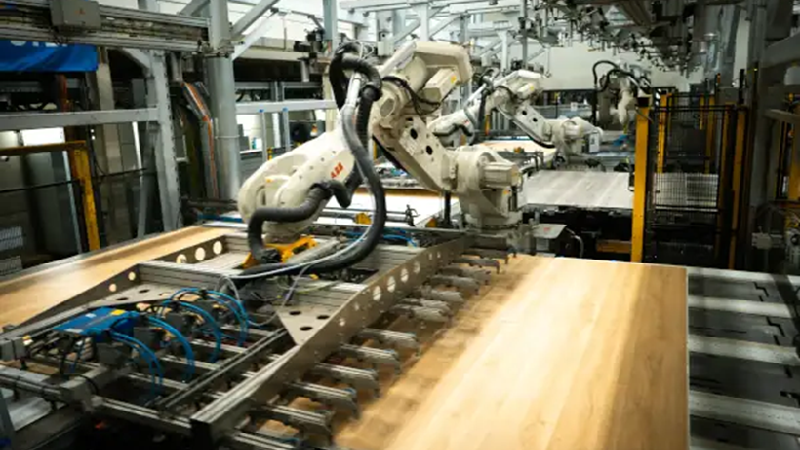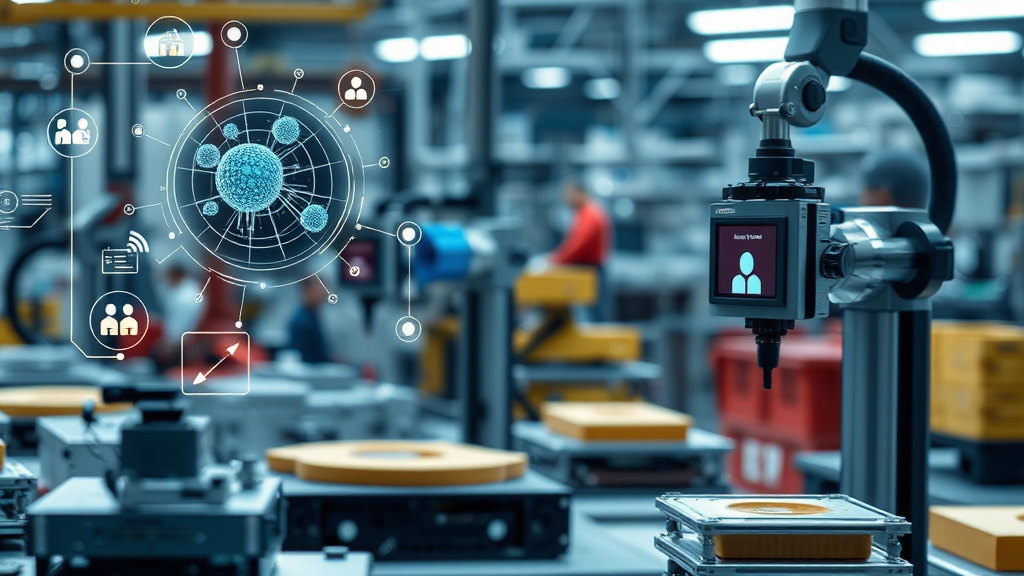In the world of quality assurance, ensuring the accuracy and reliability of machinery is paramount. Stroboscopic testing methods have emerged as a crucial tool in this domain. These methods allow professionals to observe and analyze the dynamics of moving components, thereby detecting issues that might otherwise go unnoticed. This article delves into stroboscopic testing methods, providing insights that are invaluable for Industry QA professionals.

What Are Stroboscopic Testing Methods?
Stroboscopic testing methods involve the use of a strobe light to illuminate a moving object at regular intervals. This creates the illusion of the object being stationary or moving slowly, allowing for detailed examination of motion and detection of irregularities. These methods are widely used in various industries to ensure the smooth functioning of machinery and equipment.
The Science Behind Stroboscopic Testing
The principle behind stroboscopic testing is simple yet powerful. By synchronizing the flash frequency of the strobe light with the object’s motion, it is possible to ‘freeze’ the motion. This synchronization helps in identifying defects and irregular patterns that could lead to machinery failure. According to an overview by FDA’s Inspection Guide, stroboscopes are indispensable in ensuring compliance and functionality.
Applications of Stroboscopic Testing in Industry
Industries ranging from automotive to aerospace rely on stroboscopic testing methods to maintain quality standards. In automotive manufacturing, for example, stroboscopes are used to inspect the timing of engine components, ensuring that they function in harmony. Similarly, in the aerospace sector, these methods help in analyzing the performance of turbines and other critical components.
Benefits of Using Stroboscopic Testing
- Non-invasive inspection
- Real-time analysis
- Cost-effective
- High precision
These benefits make stroboscopic testing methods an attractive choice for Industry QA professionals looking to enhance their inspection processes.
Implementing Stroboscopic Testing in QA Processes
Integrating stroboscopic testing methods into QA processes requires careful planning and understanding of the machinery being tested. It is essential to determine the appropriate strobe frequency and setup to achieve accurate results. Additionally, training personnel in the use of stroboscopic equipment is crucial for effective implementation.
Challenges in Stroboscopic Testing
Despite its advantages, stroboscopic testing presents certain challenges. One major challenge is ensuring the correct synchronization of the strobe light with the object’s motion. Incorrect synchronization can lead to inaccurate results. Additionally, understanding the limitations of stroboscopic testing in terms of speed and resolution is essential for Industry QA professionals.
Stroboscopic Testing and Machine Failure Prevention
The use of stroboscopic testing can significantly contribute to preventing machinery failures. By detecting issues early, maintenance teams can address potential problems before they escalate. This proactive approach to maintenance is discussed in detail in Minimizing Machine Failure Risk.
Advancements in Stroboscopic Technology
Technological advancements have led to the development of more sophisticated stroboscopic devices. These modern stroboscopes offer enhanced features such as digital displays, adjustable flash rates, and wireless connectivity, which make them more versatile and user-friendly.
Future Trends in Stroboscopic Testing
As industries continue to evolve, so will the applications of stroboscopic testing methods. The integration of artificial intelligence and machine learning into stroboscopic testing holds potential for predictive maintenance, allowing for even greater efficiency and accuracy in quality assurance processes.
Comparing Stroboscopic Testing with Other Methods
While stroboscopic testing is highly effective, it is important to consider its limitations and compare it with other testing methods. Techniques such as vibration analysis and thermal imaging can complement stroboscopic testing, providing a more comprehensive inspection strategy. For more insights on troubleshooting, refer to Troubleshooting Motors and Drives.
Vibration Analysis vs. Stroboscopic Testing
Vibration analysis provides a detailed understanding of mechanical vibrations, while stroboscopic testing offers visual inspection of motion. Combining these methods can enhance the accuracy of machinery assessments.
Thermal Imaging and Stroboscopic Testing
Thermal imaging detects temperature variations, which can indicate potential issues. When used with stroboscopic testing, it provides a more comprehensive picture of machinery health.
Training and Certification for Stroboscopic Testing
For Industry QA professionals, obtaining training and certification in stroboscopic testing methods is crucial. This ensures that they possess the necessary skills and knowledge to effectively use stroboscopes in their inspections. Many organizations offer specialized courses that cover the principles and applications of stroboscopic testing.
Conclusion: Embracing Stroboscopic Testing for Quality Assurance
In conclusion, stroboscopic testing methods are a valuable asset for Industry QA professionals. They provide a non-invasive, real-time, and cost-effective way to inspect machinery and prevent failures. By understanding the principles, applications, and challenges of stroboscopic testing, professionals can enhance their quality assurance processes and ensure the reliability of their machinery.

FAQ
What industries benefit most from stroboscopic testing?
Industries such as automotive, aerospace, and manufacturing benefit greatly from stroboscopic testing due to their need for precise machinery inspections.
How does stroboscopic testing prevent machinery failure?
Stroboscopic testing helps detect irregularities in machinery motion, allowing maintenance teams to address issues before they lead to failure.
What are the limitations of stroboscopic testing?
While effective, stroboscopic testing is limited by factors such as speed, resolution, and the need for precise synchronization.
This article contains affiliate links. We may earn a commission at no extra cost to you.
